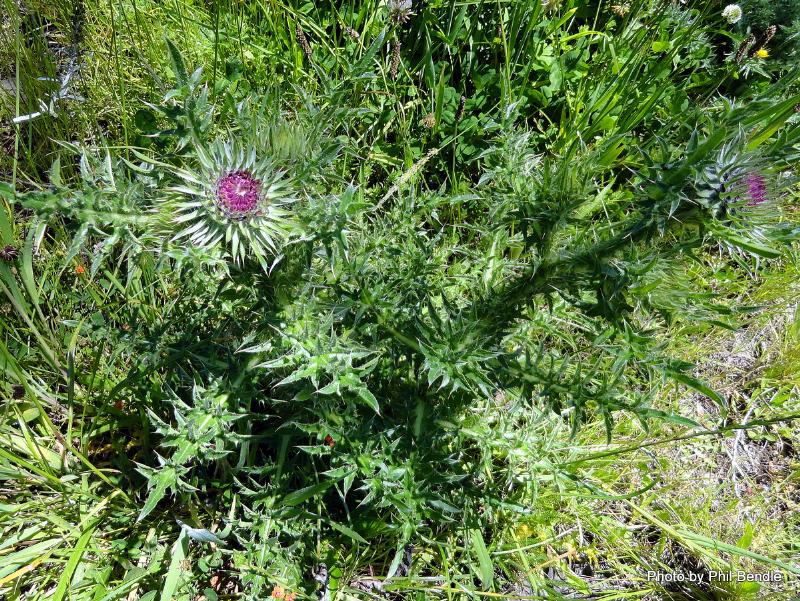
 2
2




 3
3




 1
1




 2
2





 2
2




 2
2




 2
2












If anyone has tried to do a similar project, with the same constraints...input would be appreciated...
 1
1








Konstantinos Karoubas wrote:Thank You for the good advice Hans...
...society, ie government representatives need to decide to protect the land...Shepards are barely making a living and are not the villains...




 1
1




 1
1




 1
1




When you reach your lowest point, you are open to the greatest change.
-Avatar Aang
 1
1




 3
3








We can green the world through random acts of planting.




 1
1




 2
2




 2
2




 1
1




 1
1




 1
1




 2
2








 2
2




















Growing on my small acre in SW USA; Fruit/Nut trees w/ annuals, Chickens, lamb, pigs; rabbits and in-laws onto property soon.
Long term goal - chairmaker, luthier, and stay-at-home farm dad. Check out my music! https://www.youtube.com/@Dustyandtheroadrunners

















|
Every plan is a little cooler if you have a blimp. And a tiny ad.
The new kickstarter is now live!
https://www.kickstarter.com/projects/paulwheaton/garden-cards
|








